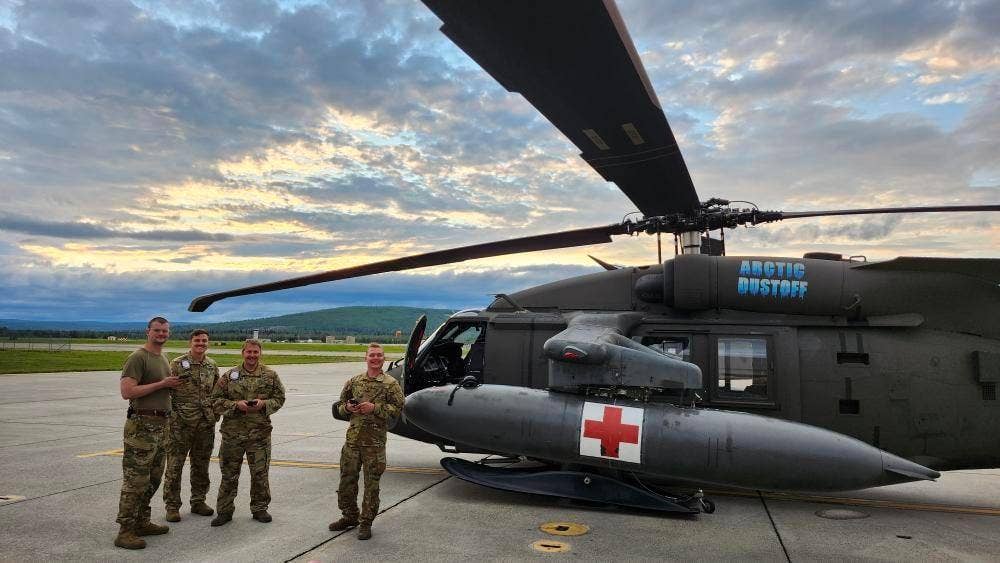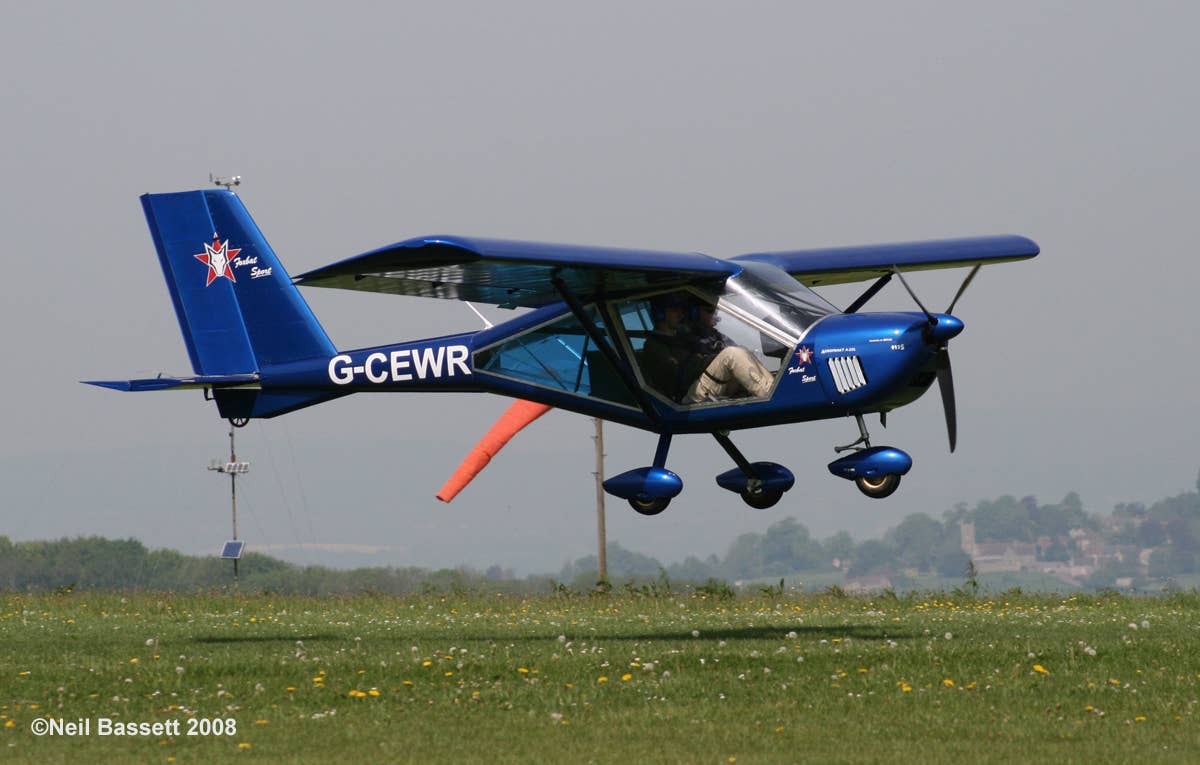U.S. Military Banks on Deterrence
Air Force pilot shortages and an aging fighter fleet are among the challenges the U.S. military confronts amid its response to the Israel-Hamas war and beyond.

The U.S. Navy Gerald R. Ford Carrier Strike Group arrived in the Eastern Mediterranean Sea, October 10, 2023. [Credit: U.S. Navy]
The USS Gerald R. Ford Carrier Strike Group arrived in the eastern Mediterranean on Wednesday, joining Air Force F-15s, F-16s, and A-10s that had been rapidly sent to the region to augment existing fighter squadrons.
As military aircraft and ships moved in, munitions moved out. Four days following the surprise invasion of Israel by Hamas militants, the U.S. surged military assistance, including ammunition and interceptors to replenish its Iron Dome air defense system.
"We stand with Israel," President Joe Biden said Tuesday in a solemn speech pledging support to the longtime U.S. military ally. "And we will make sure Israel has what it needs to take care of its citizens, defend itself, and respond to this attack."
The full-throated commitment to stand by Israel, however, comes as the U.S. military confronts a growing list of homegrown challenges. Key military postings, including positions based in the Middle East, continue to languish on Capitol Hill, alongside legislative consensus on annual appropriations including defense spending—all of which directly impact operational readiness.
And then there are the pilot shortfalls.
The Air Force, for example, continues to face a pilot shortage, reporting an increased deficit in its manned pilot ranks to 1,907, or 257 pilots more than the shortfall the year prior. Additional pressure comes from commercial airlines facing their own shortage.
"The problems that we're seeing in GA are exactly the same that we're seeing in the military where we just don't have the bench, and the years it takes to dig out of the hole are significant."
"Through the COVID-19 pandemic, the Air Force experienced a slight reprieve from the pressure of airline hiring through higher retention rates,” Air Force spokesperson Laurel Falls told FLYING. “However, we anticipate increased separation numbers as the economy recovers in the coming years."
Breaking Point
Said Douglas Birkey, executive director of the Mitchell Institute for Aerospace Studies, to FLYING: "The Air Force is smaller and older than it's ever been in its history, and the forces are stretched already to the point that is unsustainable."
That's before taking into account the breakdown on Capitol Hill, support of Ukraine, China concerns, existing military commitments in the Middle East, and instability in Africa.
"It takes so many years to develop an experienced combat pilot or a qualified maintainer," Birkey said. "The problems that we're seeing in GA are exactly the same that we're seeing in the military where we just don't have the bench, and the years it takes to dig out of the hole are significant."
An aging Air Force fighter fleet, which hasn't kept pace with modernization needs, presents another readiness risk. Last fall, for example, the Air Force began a phased withdrawal of 40-year-old F-15 Eagle fighters from Kadena Air Base, Japan, the hub of airpower in the Asia-Pacific region.
The F-15s were withdrawn from Kadena with zero direct backfill, Birkey said.
"That occurred because we are just out of assets as F-15s age out, and we're not buying fighters fast enough,” he said. “And so we're just there's a hole there in the worst possible location where you don't want it, facing China. That is a blinking red warning sign. You add all of these together, and we're kind of past the breaking point. What we saw unfold this weekend is one more significant stressor.”
'The Goal Is No War'
With the arrival of the carrier strike group in the Mediterranean this week, U.S. forces aim to deter potential conflict in the Indo-Pacific region, where China has resources, such as aircraft, a large military force, and large quantities of standoff munitions.
The goal of the U.S. and its allies in the region is to "keep our physical presence forward with hard power to deter a war from happening," Army General Charles A. Flynn, commander of U.S. Army Pacific, said Tuesday at the Association of the United States Army (AUSA) Meeting & Exposition in Washington, D.C.
"The goal is no war," Flynn said. "We already have a war in Europe. We have another war that just started this past week in the Middle East. We do not need another war in Asia."

Subscribe to Our Newsletter
Get the latest FLYING stories delivered directly to your inbox






